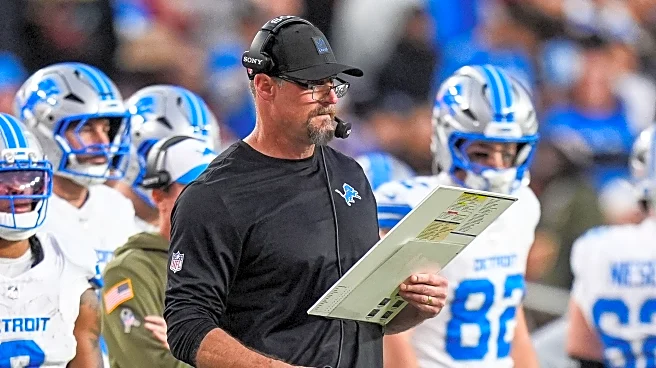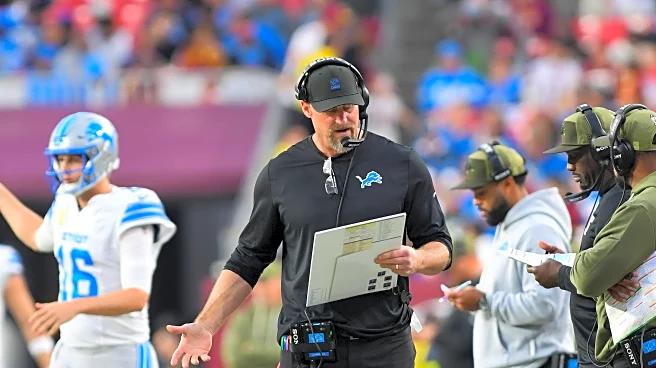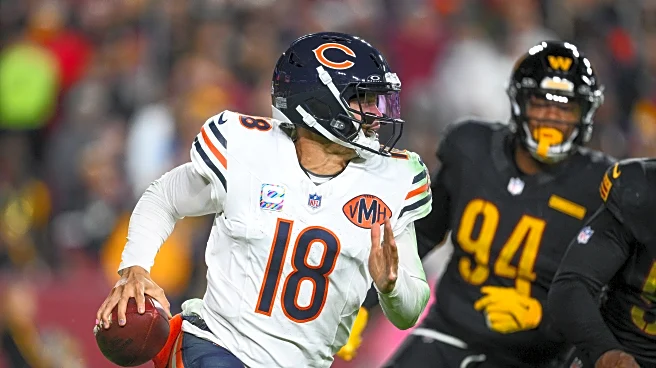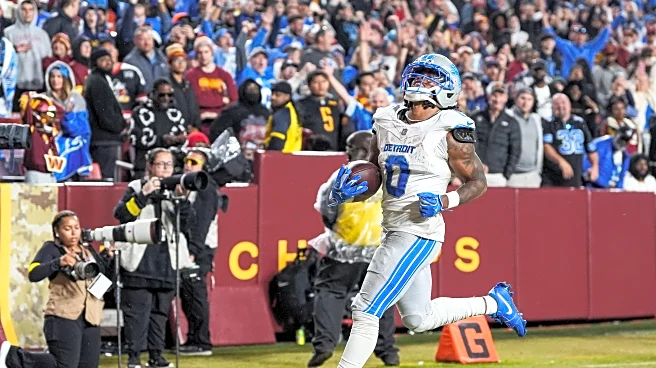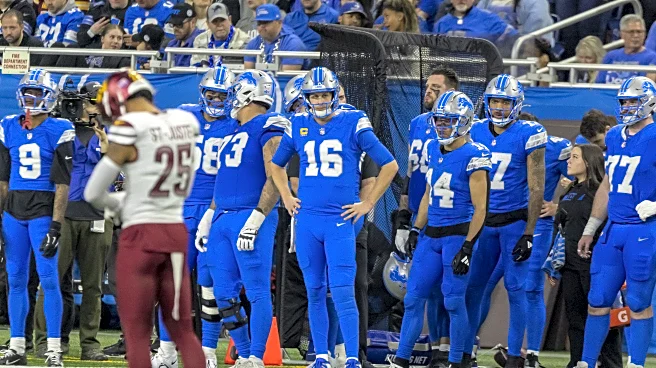Many Detroit Lions fans were likely puzzled in the second quarter of the team’s Week 10 matchup against the Washington Commanders when kicker Jake Bates seemed to intentionally boot the ball out of bounds.
The confusion probably only mounted when the officials spotted the ball at the Commanders’ 25-yard line. Under the new kickoff rules, kickoffs typically are placed at the 40-yard line when the ball goes out of bounds.
But the Lions knew of a interesting stipulation in the rulebook, and they were able to exploit the odd loophole twice in the game. Let’s break down what happened.
To take you back into the moment, the first key part of this situation is that on both “loophole” out-of-bounds kicks, the Lions were kicking from 50-yard line thanks to a Commanders personal foul penalty on Detroit’s extra point (or two-point conversion) attempt.
Here’s where things get a little weird. Before the recent change to the new “dynamic” kickoff, any kick out of bounds would just be placed at the 40-yard line (or where it went out of bounds if it was further downfield). But that is no longer the case. Under new kickoff rules, when a kickoff goes out of bounds, it is now placed 25 yards from where the ball was kicked. In most cases, the ball is kicked from the team’s own 35-yard line, meaning the ball is placed on the returning team’s 40-yard line like normal. But because the Lions were pushed up 15 yards further downfield due to the penalty, the ball, by rule, gets placed at the 25-yard line.
Here’s the exact wording in the rulebook:
Penalty: For a kickoff or onside kick out of bounds or a kickoff that lands or is touched in advance of the front yard line of the landing zone: The receiving team may elect to take possession of the ball 25 yards from the spot of the kick at the inbounds line on the side of the field where the ball went out of bounds or lands or is touched short of the landing zone, at the out of bounds spot, or at the spot where the ball lands or is touched in advance of the front yard line of the landing zone if less than 25 yards.
So when the Lions were lining up to kick, they had a few options:
- Boot it out of the end zone, but that touchback goes to the 35-yard line
- Kick it in play
- Kick it short of the landing zone, which could result in the Commanders choosing to take the ball where it landed
- Take the low-risk, medium-reward of kicking it intentionally out of bounds and giving Washington the ball at the 25-yard line
It’s a fairly easy choice, but a good reminder of how important it is to know every inch of the NFL rulebook.
The logical next question is, “Why is the rulebook like this?” The short answer is that the NFL doesn’t have a good way to penalize teams who commit a foul during the extra point try. By moving the kickoff up and allowing this kickoff out of bounds rule, it’s a significant enough penalty to the returning team to keep the “loophole” open.
The Lions aren’t the first team to exploit this loophole. In fact, the Steelers did it just last week against the Colts, and the Houston Texans executed it in 2024, as well.



